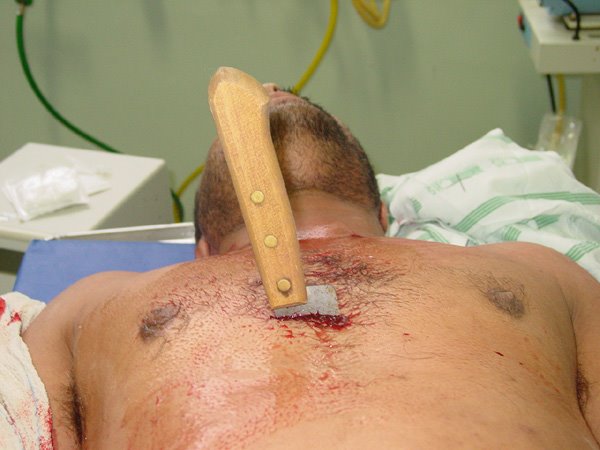This is from the respected Trauma.org website on the management of severe Head Injuries.
(Us ED folk DO know what we are talking about) (most of the time).
Assessment of brain injury hinges on evaluation of the Glasgow Coma Score (GCS) and examination of the pupils. Traditionally a GCS of below 9 is considered to reflect severe brain injury. However with improvements in prehospital care and greater knowledge of brain injury, patients are arriving in emergency departments earlier and their brain injury may still be evolving. Therefore the following measures should be considered and porbably instituted in all patients with coma scores of 12 or below.
Management
The specific goals in the acute management of severe traumatic brain injury are:
1. Protect the airway & oxygenate
2. Ventilate to normocapnia
3. Correct hypovolaemia and hypotension
4. CT Scan when appropriate
5. Neurosurgery if indicated
6. Intensive Care for further monitoring and management
Hypoxia and hypotension are the greatest threat to functional outcome in brain injury. Early acute control of the above three parameters may have more impact than all other measures subsequently employed. Progressive neuronal loss occurs from the time of injury, not the time of arrival in hospital. Rapid sequence intubation should be used where available to secure the airway and maximally oxygenate the patient. Hypovolaemia and hypotension must be corrected early and take priority over other interventions for the brain injury. Other injuries causing haemorrhage must be addressed first (or simultaneously) so that an adequate cerebral perfusion pressure is maintained. Patients should be kept sedated to prevent coughing or valsalva maneuvers from fighting the ventilator, as these increase intracranial pressure.
Friday, 2 March 2007
Subscribe to:
Post Comments (Atom)

No comments:
Post a Comment